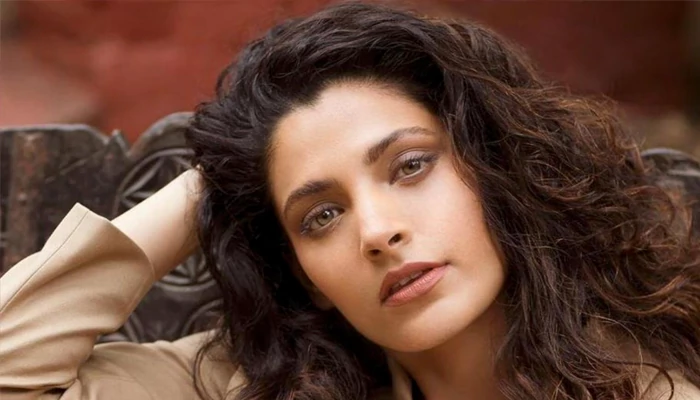The Evolution of Beauty Standards: A Global Perspective
Beauty has changed constantly, and so have its standards.
- Orna Ghosh
- 10 December, 2024
- 2 mins ago

The Evolution of Beauty Standards: A Global Perspective
Beauty has changed constantly, and so have its standards.
A constantly changing part of society, the Beauty Standards are shaped by many aspects, including media, culture, historical events, and social standards. Throughout history, societies worldwide have seen changes in their conceptions of beauty, which have reflected transformations in attitudes and values.
Ancient Beauty Ideals:
Symbols of growth, health, and social standing were linked to ancient societies' conceptions of beauty frequently. For example, a "broader" shape was considered attractive in ancient Egypt and represented richness and prosperity. On the other hand, Ancient Greece portrayed physical power and prowess through idealising athletic and muscular physiques.

Renaissance and Baroque Periods:
From the 14th to the 17th century, art and literature influenced the development of beauty standards. Rubenesque figures' plump, rounded shapes won praise as the pinnacles of beauty. This epoch deviated from the slender principles of classical Greece.
Victorian Era:
The Victorian era (19th century) experienced a movement towards modesty and restraint. A corseted style, delicate features, and pale skin were highly coveted. The emphasis on domesticity and purity in this era's beauty standards is reflected in existing societal norms.
The Roaring Twenties:
Especially in Western nations, the 1920s saw a dramatic shift in beauty standards. The flapper movement challenged conventional norms by adopting a more androgynous appearance, including short hair, minimal makeup, and a slender, boyish build.
Mid-20th Century:
Following World War II- more "conventional" gender roles and values were reinstituted in the mid-20th century. The hourglass shape, popularised by Marilyn Monroe and other Hollywood stars, represented the ideal of beauty. It was a time of elegance, femininity, and curves.
Late 20th Century to Present:
Supermodels like Naomi Campbell, Tyra Banks, and Cindy Crawford defied traditional ideals of beauty, ushering in a more varied portrayal of beauty in the late 20th century. However, concerns about inclusion and diversity persisted in the cosmetics business.
Diverse beauty standards are becoming increasingly necessary in the twenty-first century. The growth of social media has been paramount in questioning and altering traditional ideas. The fashion and beauty industries' limited standards are getting questioned by growing groups pushing for diversity and body positivity.
According to a 2020 Dove survey, 63% of men and 70% of women think the media presents unattainable beauty standards.
Demand for cosmetic products that suit a range of skin tones has increased recently, indicative of an industry shift towards greater inclusion.
Millions of postings have been made in support of body positivity campaigns on social media, as seen by the #bodypositivity and #effyourbeautystandards hashtags, which show how people are becoming more and more in favour of inclusive beauty standards.
The development of beauty standards in the modern era is closely linked to globalisation and technological breakthroughs. Because of social media's widespread influence, beauty standards have become more accessible, resulting in a more inclusive narrative. Conventional agreements are challenged by influencers and content makers from various backgrounds, encouraging an appreciation of distinctive traits and cultural diversity. The cosmetics industry is steadily changing, emphasising representation and offering a range of products to suit all body types and skin tones. Still, there are issues, with conversations about cultural appropriation and the importance of true inclusivity becoming increasingly prominent.
As we make our way through this changing environment, more people realise that true beauty is in accepting uniqueness and enjoying the diversity of viewpoints that exist throughout the world.







